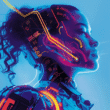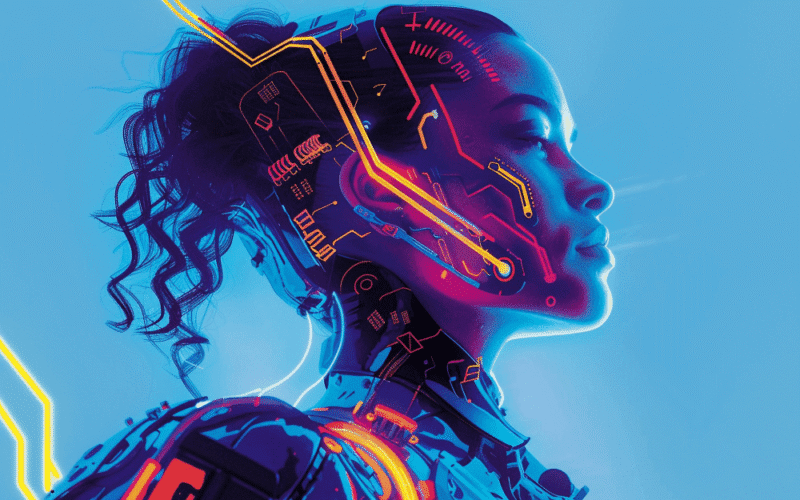If you’ve spent any time online lately, you’ve probably heard the term Generative AI. Maybe it was about ChatGPT writing essays, DALL·E making digital art, or tools that can turn a few notes into a full song. But what exactly is Generative AI—and why is everyone talking about it?
Let’s break it down, plain and simple.
The Basics: What “Generative” Really Means
The word generative comes from generate, which means to create. So, Generative AI is a kind of artificial intelligence that can create new things—text, images, music, video, code, or even entire conversations.
Unlike traditional AI, which follows fixed rules or analyzes existing data to make predictions, Generative AI learns patterns from data and uses them to produce something new that looks or sounds like it was made by a human.
Think of it like this:
- A regular AI can look at thousands of pictures of cats and tell you which ones contain cats.
- A Generative AI can look at those same pictures and draw a brand-new, realistic-looking cat that’s never existed before.
That’s the key difference—it doesn’t just understand data; it uses that understanding to create.
How It Works (Without the Tech Jargon)
Generative AI tools are trained on massive amounts of data—books, articles, images, videos, and more. During training, the AI learns the patterns, relationships, and structures hidden inside that data.
For example:
- A text-based AI like ChatGPT studies how words and sentences connect so it can generate new paragraphs that make sense.
- An image generator like Midjourney learns shapes, colors, and styles to create visuals based on your prompts.
- A music generator studies melodies and rhythms to compose new tunes.
Under the hood, this process relies on machine learning models—specifically, something called neural networks, which are computer systems loosely inspired by how the human brain works. These networks learn by trial and error, adjusting themselves until they can reliably predict what kind of output makes sense.
When you type a prompt like “write a bedtime story about a robot and a fox”, the AI doesn’t pull text from a database. It uses its training to generate a fresh story, word by word, based on what it learned about storytelling, language, and logic.
Why It Matters
Generative AI is changing the way we work, learn, and create. It’s helping people brainstorm ideas, automate repetitive writing, design products, code software, and even compose music or film scenes.
Here are some real-world examples:
- Writers use it to draft blog posts or refine copy.
- Designers use it to visualize concepts faster.
- Developers use it to write and debug code.
- Businesses use it to personalize customer interactions or generate marketing content.
In short, it’s not just a novelty—it’s a productivity booster and creativity amplifier.
The Caveats
Of course, Generative AI isn’t perfect. It sometimes gets facts wrong, reflects biases from its training data, or produces results that sound confident but aren’t accurate. That’s why human judgment still matters—AI is a powerful tool, but it needs thoughtful direction and oversight.
Another concern is ethics: Who owns the AI-generated content? What about the artists and writers whose work was used to train these systems? These are real questions society is still figuring out.
The Bottom Line
Generative AI is one of the most exciting technologies of our time because it blends creativity with computation. It doesn’t just process information—it produces something new. Whether you’re a writer, designer, entrepreneur, or curious learner, understanding it gives you a front-row seat to the future of creativity.
In simple terms: Generative AI is like having a smart assistant that can imagine, invent, and help you bring ideas to life.









